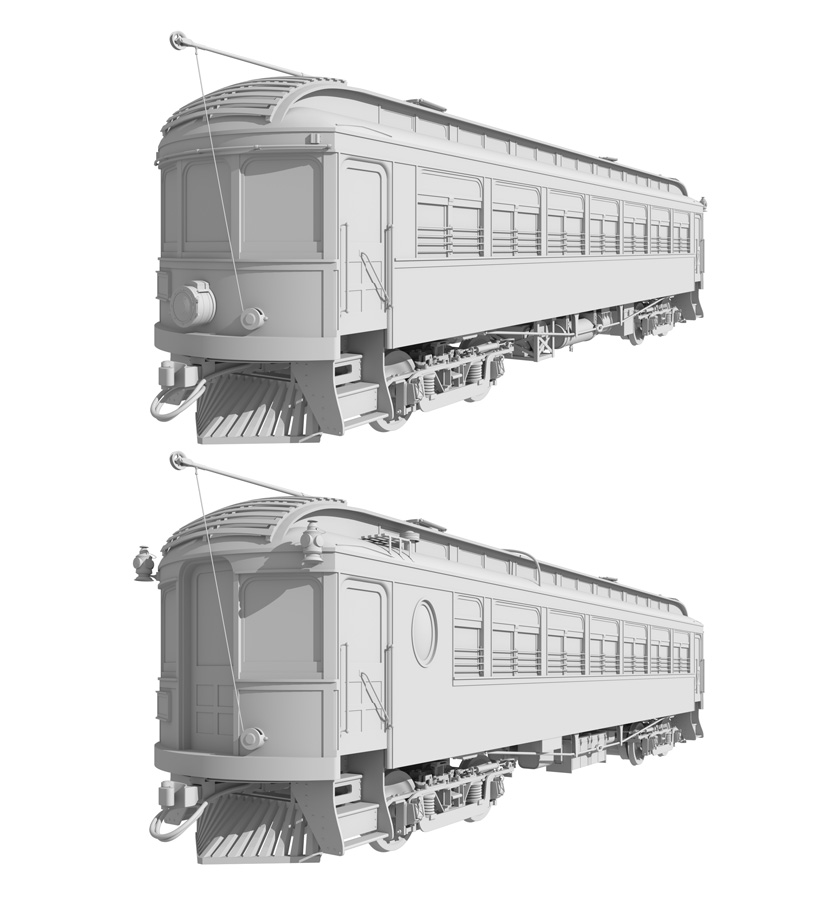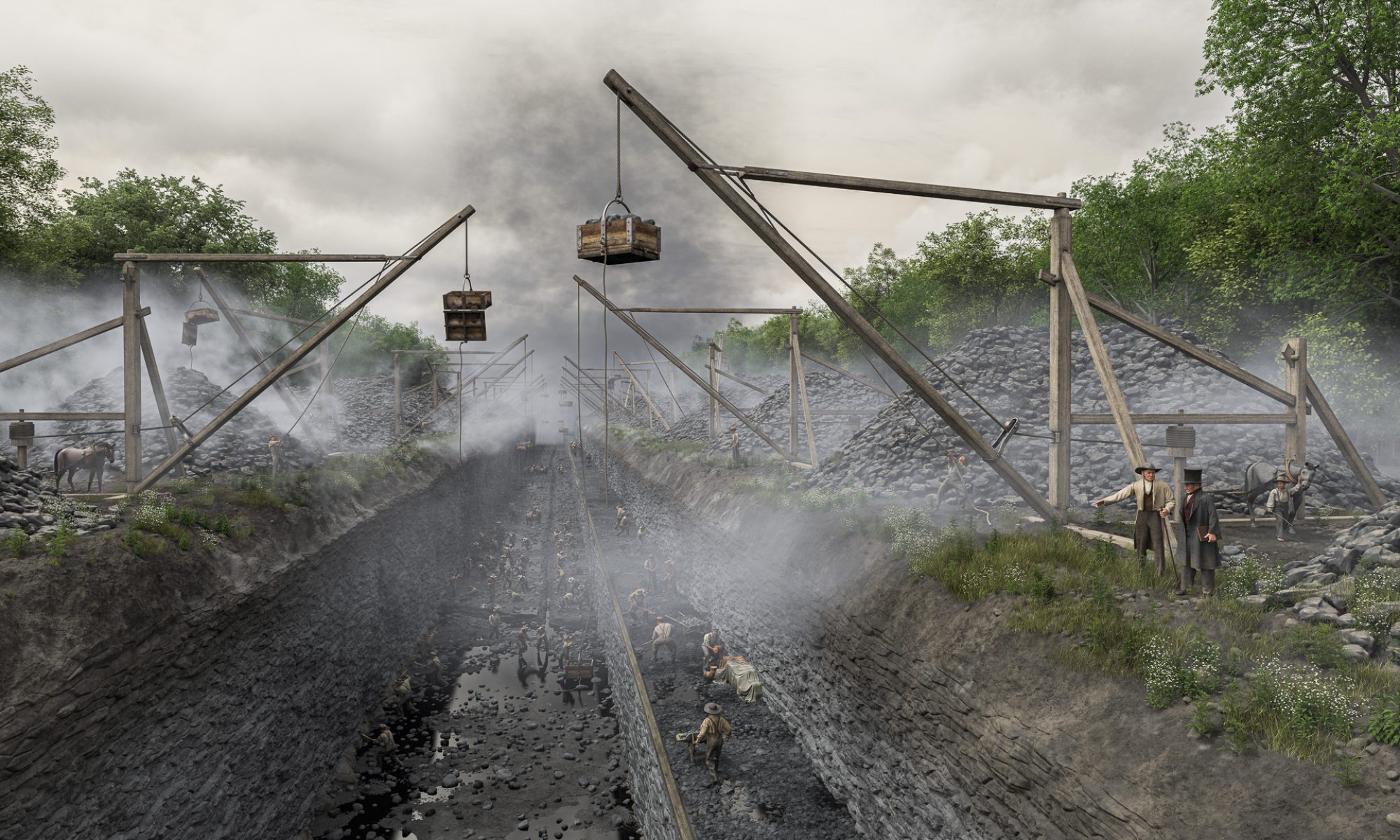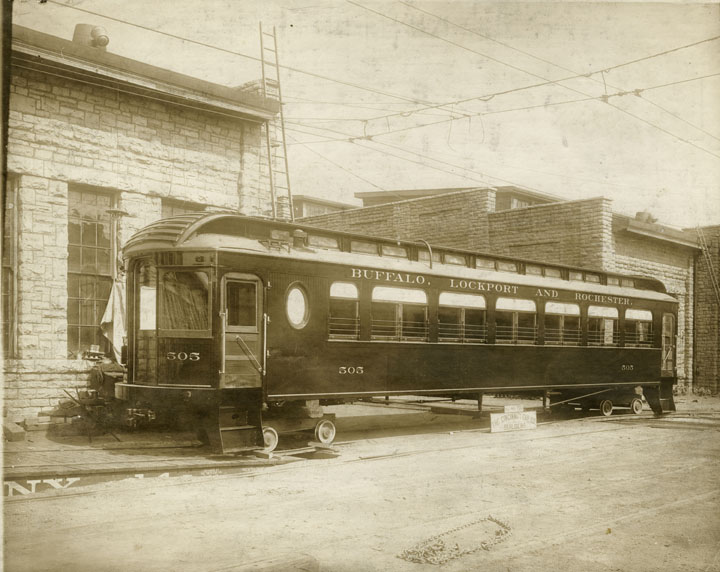
The Buffalo, Lockport and Rochester electric interurban railway began service in late 1908 with 15 passenger motor cars built by the Niles Car and Manufacturing Company of Ohio. The BL&R had experienced financial trouble during construction but the future must have looked bright: Six more cars were ordered and put into service the following year.
The new cars were built by the Cincinnati Car Company. Like the Niles cars these were high quality and comfortable, with mahogany interiors, plush seats, a separate smoking compartment, and room for 54 passengers.
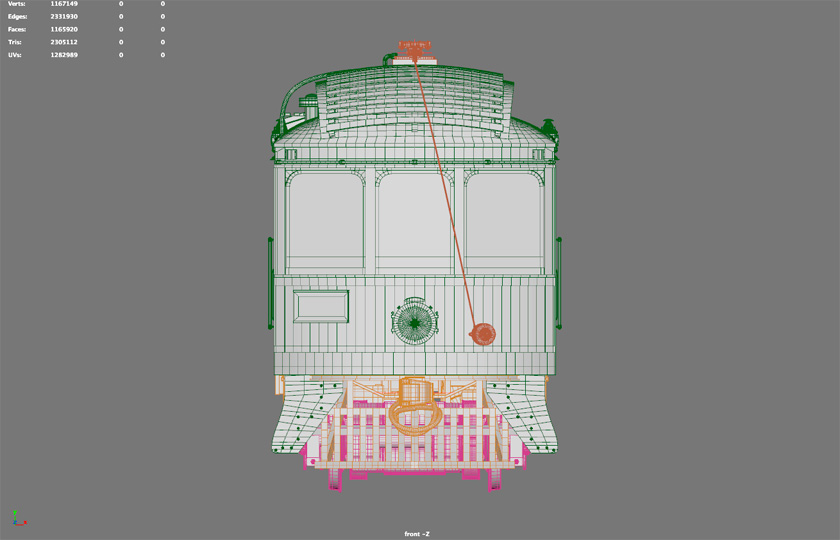
The cars, constructed of wood and measuring 51 feet 6 inches in length, were double-ended and painted Pullman green with gold trim. They were powered by four 140-horsepower General Electric motors, originally geared for speeds up to 80 miles per hour, later reduced to 60. (There are stories of BL&R cars overtaking steam locomotives on the parallel New York Central Falls Line.)
They were numbered 500-505 and remained in service until the company, later reorganized as the Rochester, Lockport and Buffalo Railroad, went out of business in 1931.
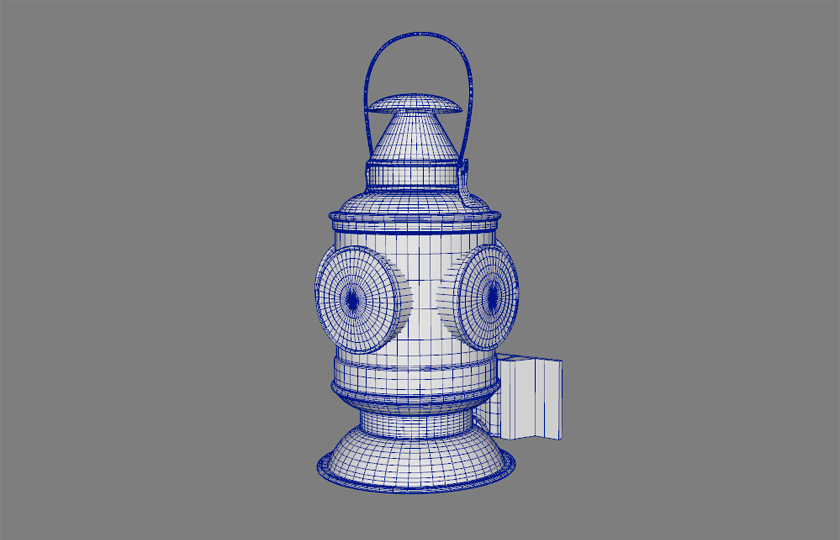
Because of the huge online “railfans” community, historical railway information is plentiful and easy to find. This is especially true for steam railways. Electric railway information is harder to come by but is available. The Electric Railroad Dictionary, published in 1911, is a rich resource and is available on Google Books and as a 1972 reprint.
The model for my scene is based on Car No. 505. The overall shape and dimensions are guided by a fine set of drawings by C. L. Richardson, published in William R. Gordon’s Rochester, Lockport and Buffalo R. R. in 1963. The Dictionary and historical photos help fill in the details.
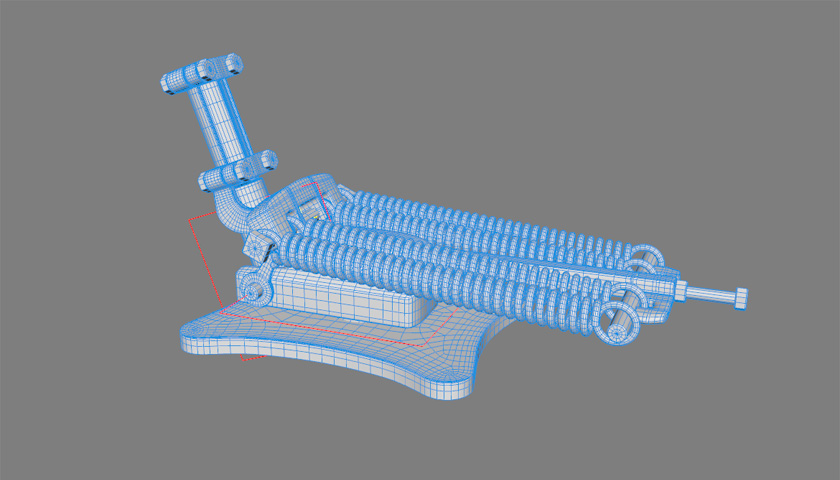
The model is more a collection of several models than a single piece. I’m not sure how much will appear in the final scene, or even what the viewing angle will be, so I’m erring on the side of too much detail.
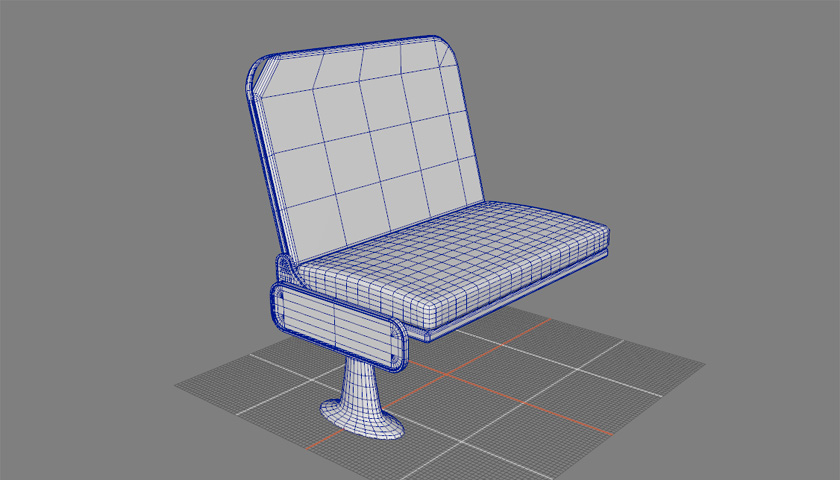
The most difficult part is the undercarriage, which is visually complex and difficult to see in photographs. But it’s possible to piece everything together with Richardson’s diagrams, the Dictionary, and a little patience.
In the process I learned a bit about how it all worked. The technology may have been crude, compared to today’s, but the engineers and designers were inventing a new form of transportation. The machines they built were ingenious, rugged, and beautiful. It’s interesting stuff.
